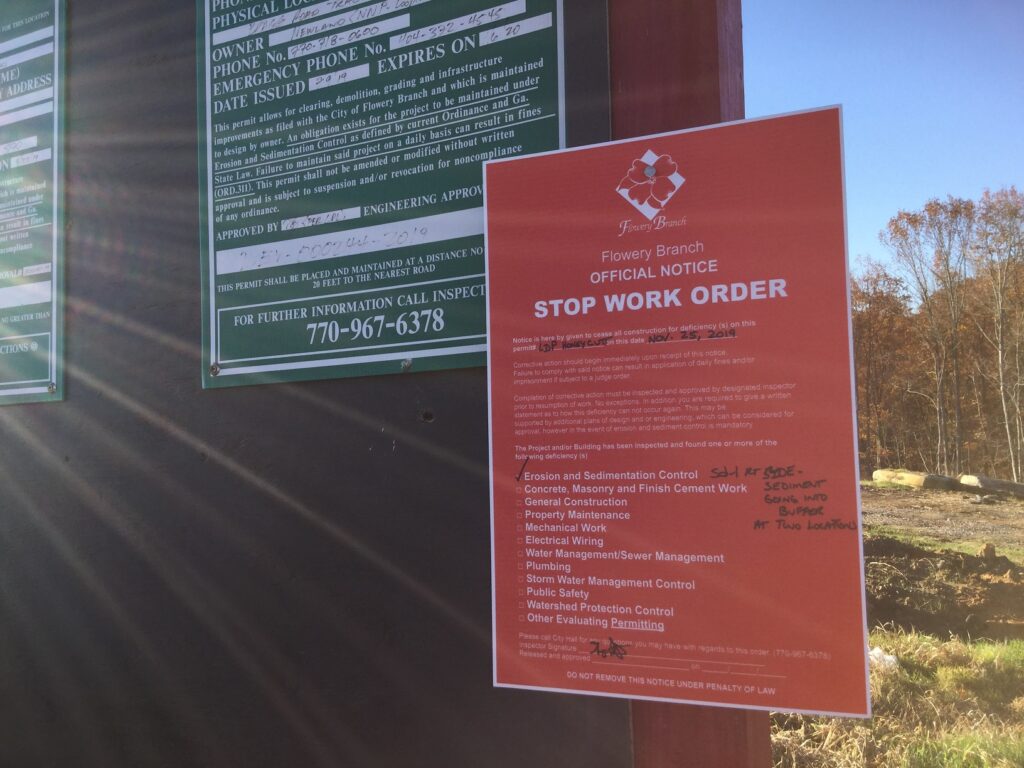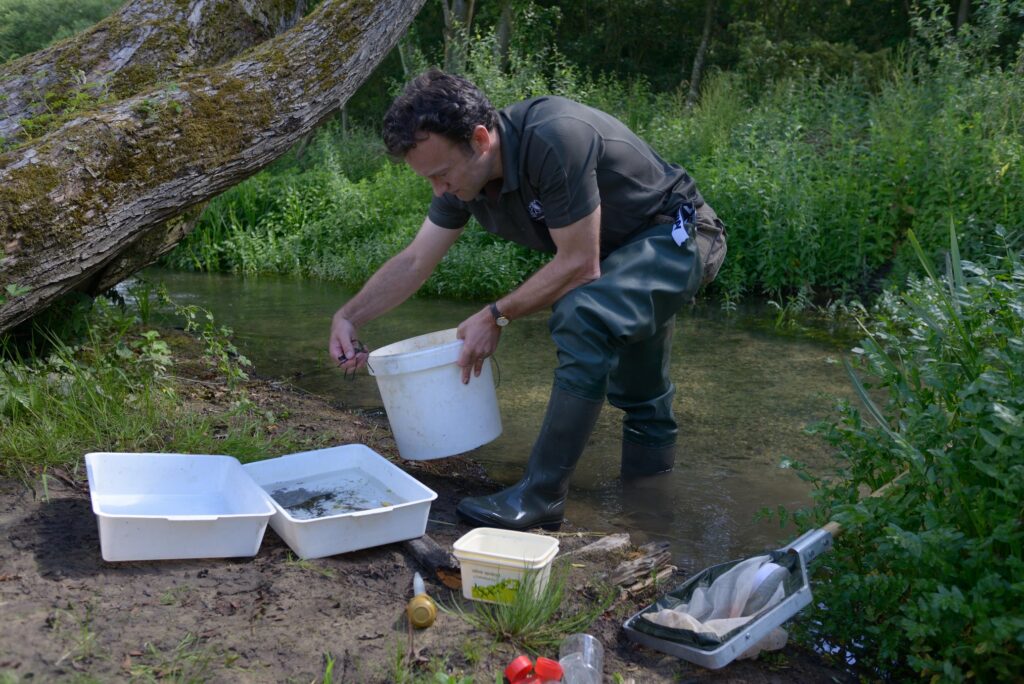State Waters Buffer Violation Resolutions

Have you found yourself the subject of an investigation and enforcement action with stop work
order and/or penalties as a result of a Georgia state waters buffer violation? The enforcement
process is complex, and local and state regulators deal with it every day, leaving the respondent
at a disadvantage in this unfamiliar realm. When it comes to enforcement, a proactive
approach is best, and coming to the negotiation table with a proposal in hand is much better
than passively waiting for regulators to devise a plan of their own to resolve an issue and bring
a site into compliance.
Corrective action plans and restoration activities addressing any environmental impacts are
almost always part of the violation resolution process. A proactive approach to negotiate,
design, and implement these plans can lead to significant penalty reductions and all parties
feeling like their concerns were addressed while compromise was reached, leading to a quick
final resolution of the noncompliance issue.

Our Experience
The Riverbend Environmental team has been involved in many enforcement actions, from both
sides, and are ready to put this knowledge and experience to work for you to minimize
penalties and downtime while getting your site back in compliance.
Frequently Asked Questions
If you have additional questions reach out and a team member will get in touch with you.
A Georgia state waters buffer violation occurs when activities encroach upon or damage the designated buffer zones around state waters, which are protected areas intended to preserve water quality and prevent erosion. These buffer zones are regulated to ensure that any land use or development maintains a certain distance from the waterways.
Enforcement actions are typically triggered by non-compliance with state regulations regarding buffer zones. This can include unauthorized construction, removal of vegetation, or any other activity that impacts the buffer zone without prior approval from state or local environmental agencies.
Penalties can vary but may include fines, stop work orders, and mandatory corrective measures. The severity of the penalty often depends on the extent of the violation, its environmental impact, and whether it was a first offense or a repeated violation.
Proactively addressing a buffer violation involves promptly acknowledging the violation, assessing the environmental impact, and engaging with regulatory agencies. Developing a corrective action plan and initiating restoration activities can also demonstrate commitment to compliance and may mitigate penalties.

